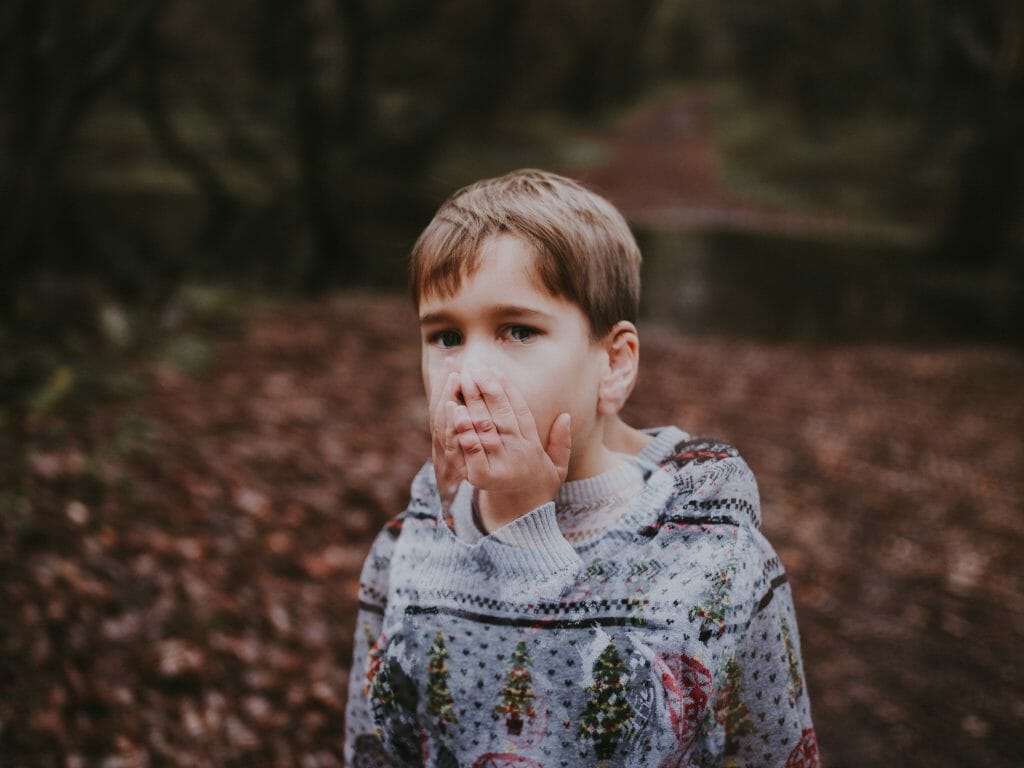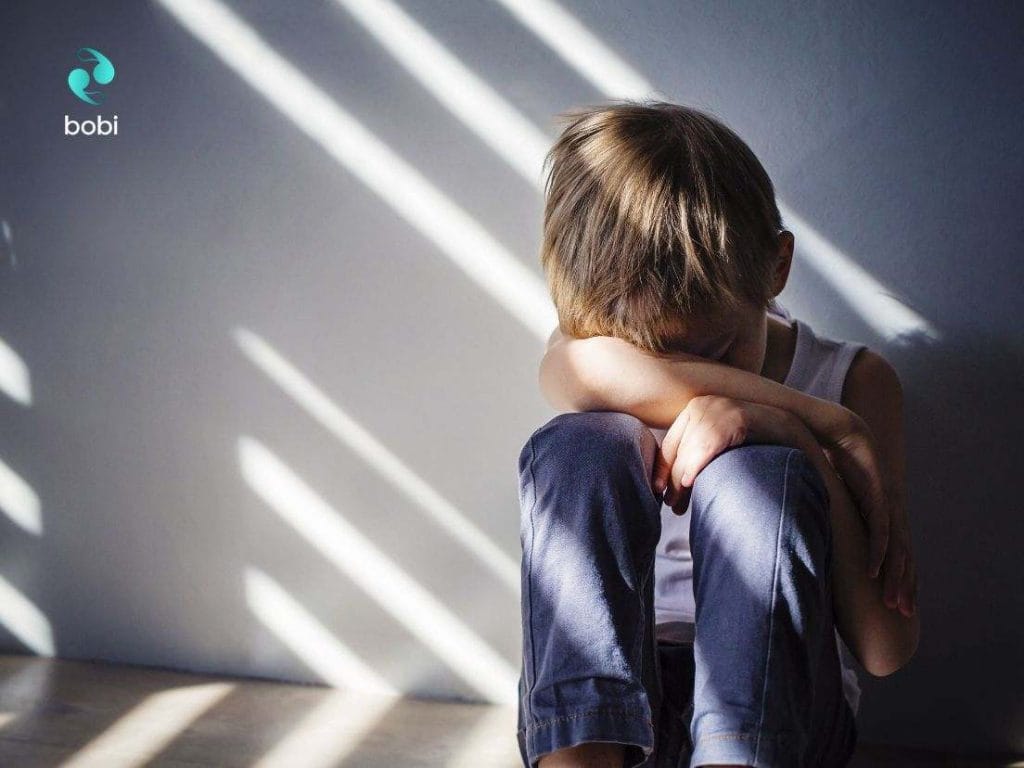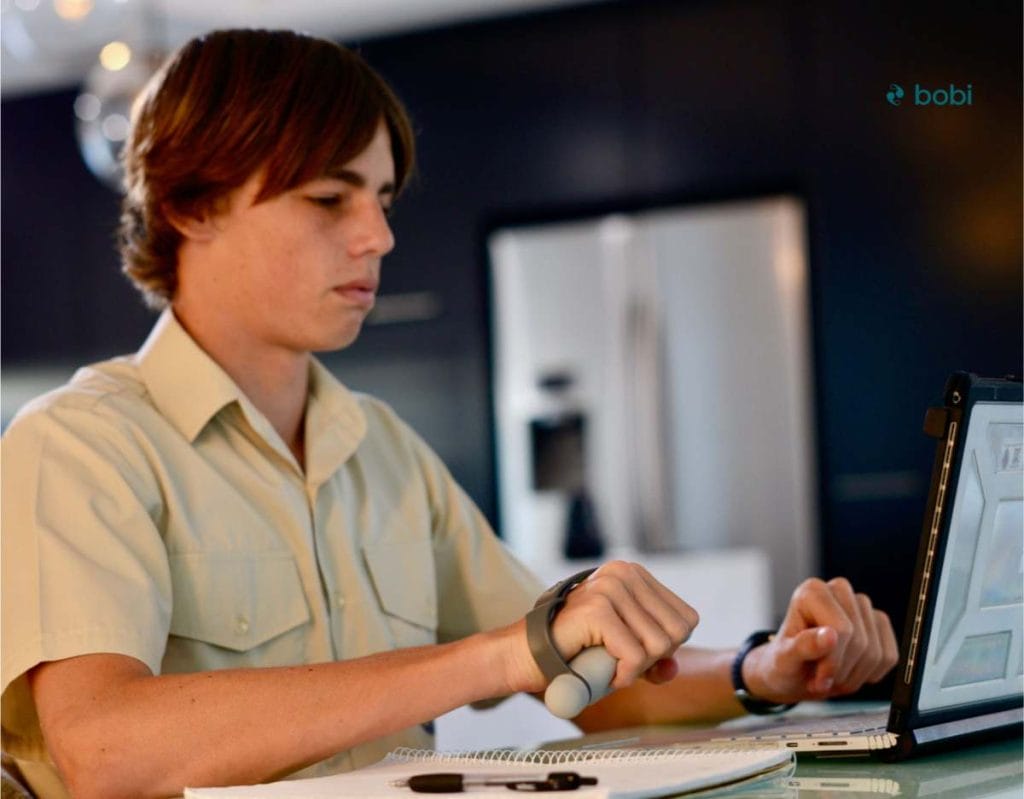
It is often said we live in an era of fear and anxiety. As a frontline mental health professional, father, and business owner, I’m often reminded of how we’re affected by ever evolving changes to our lifestyle, and how this impacts our children. It seems the aspects of our lives that claim to improve or support our engagement in day-to-day activities actually evoke additional stress or complexity.
Smartphones have given us many benefits, however it has become increasingly clear there is a direct and unambiguous cost for the convenience and access these devices provide. That cost is often levied against our mental health, including rapid increases in childhood anxiety.
Other broader environmental factors have had a tremendous bearing on our lives, as witnessed during the COVID-19 pandemic. The reasons for the increase in childhood anxiety are many, including changes to routine. So, I’ve designed this blog post to provide you with a comprehensive piece having everything about childhood anxiety and introduce you to a beauty called bobi _ personal breathing coach to bring your child back to normal life.
Childhood anxiety is not a new or novel concept. The issue has been studied and written about for centuries. Ancient philosophers, by way of example, referred to the concept of anxiety in many teachings. The experience of anxiety is also considered a normal and valuable part of life.
From an evolutionary perspective, anxiety was, and remains, extremely beneficial as it allows us to react with alertness to physical threats. Therefore, it is typical for children to experience anxiety throughout their upbringing. Some children, however, will develop high levels of anxiety that starts to interfere with their relationships, behaviours, and routine.
There are three main anxiety disorders for children:
Common risk factors for childhood anxiety disorders have been researched and identified over many decades. These risk factors include:
Genetic factors also contribute towards the likelihood of a child developing an anxiety disorder. A child that has a family member with a diagnosed anxiety disorder is more likely to experience the same. Anxiety disorders are the most common mental health conditions.
Approximately 40 million people in the US, and up to 20% of Australians, suffer from a diagnosable anxiety disorder.
These numbers continue to climb despite the continued focus on mental health initiatives by governments, schools, and employers. Worryingly, the rate of childhood anxiety continues to rise and it’s estimated to be as high as 40%. Around the world, rates of anxiety in children have reportedly doubled since the start of the Covid-19 pandemic.
Childhood and adolescence are the most typical times individuals start to display early signs, or predisposition, to an anxiety disorder.
There are many behaviours that an anxious child may exhibit, but some of the common signs of childhood anxiety include:

Identifying children whose anxiety is impacting their breathing is important. Sustained changes to breathing patterns may indicate that anxiety symptoms are worsening.
When children engage in hyperventilation there are several accompanying behaviours that co-occur. You might notice frequent sighing or attempts to take an exaggerated deep breath. These behaviours relate to a little understood phenomenon known as ‘air hunger’. From experience, these symptoms are frequently overlooked as being related to childhood anxiety and therefore are easily missed by parents and medical professionals alike.
When we are anxious our body’s natural response, through the sympathetic nervous system, is to increase our rate of breathing. This increased rate of breathing (hyperventilation), often results in too much carbon dioxide being expelled by the body. This sensation of expelling too much carbon dioxide feels the same as if we are not taking in enough oxygen.
Most children respond to this feeling by trying to take deeper breaths, making the condition worse by further expelling too much carbon dioxide. This is also made worse if the child is breathing through the mouth rather than the nose, and through the upper chest instead of the diaphragm.
The sensation is often called ‘air hunger’ and has also been described as ‘being unable to get on top of a breath’. Children often find it difficult to express the feeling of ‘air hunger’ and many parents put it down to other breathing difficulties or unrelated ailments.
Changes in breathing patterns are amongst the first signs a child is experiencing anxiety. This is particularly important to know as it allows parents to engage in early intervention and treatment.
Research shows that early intervention for childhood anxiety is essential.
In most cases childhood anxiety disorders are highly treatable. As with many medical conditions, the earlier anxiety is identified and treatment undertaken, the better the outcome for the person involved.

Most children, however, don’t receive any professional support for anxiety. Often childhood anxiety symptoms are put down to other causes. Limited availability and access to qualified mental health professionals is also another issue and contributes to the reduced likelihood of a child engaging in early treatment for anxiety.
Slow, controlled, breathing through the nose remains one of the most effective anxiety prevention and early intervention treatments for children. There is overwhelming research support that breathing training gives children a highly effective technique for managing stress and anxiety. This is why kids’ yoga classes, by way of example, can be so beneficial.
Unsurprisingly, the habit of better breathing requires repeated practice and early support, especially where children are concerned.
My experience, both professionally and personally, has led me to believe the skill of slow, controlled nasal breathing can be easily integrated into a child’s daily routine. Just as reading is often considered the foundational skill for a child’s education, breath training should be considered the same for children’s mental health.
bobi helps facilitate the habit of better breathing and is a great device to help children ground and create a positive emotional response during times of stress or anxiety. So, get this secret weapon from here to see your children living their life to the fullest.
Stay updated on what's happening at bobi, and all things breathing, anxiety and mental wellness.